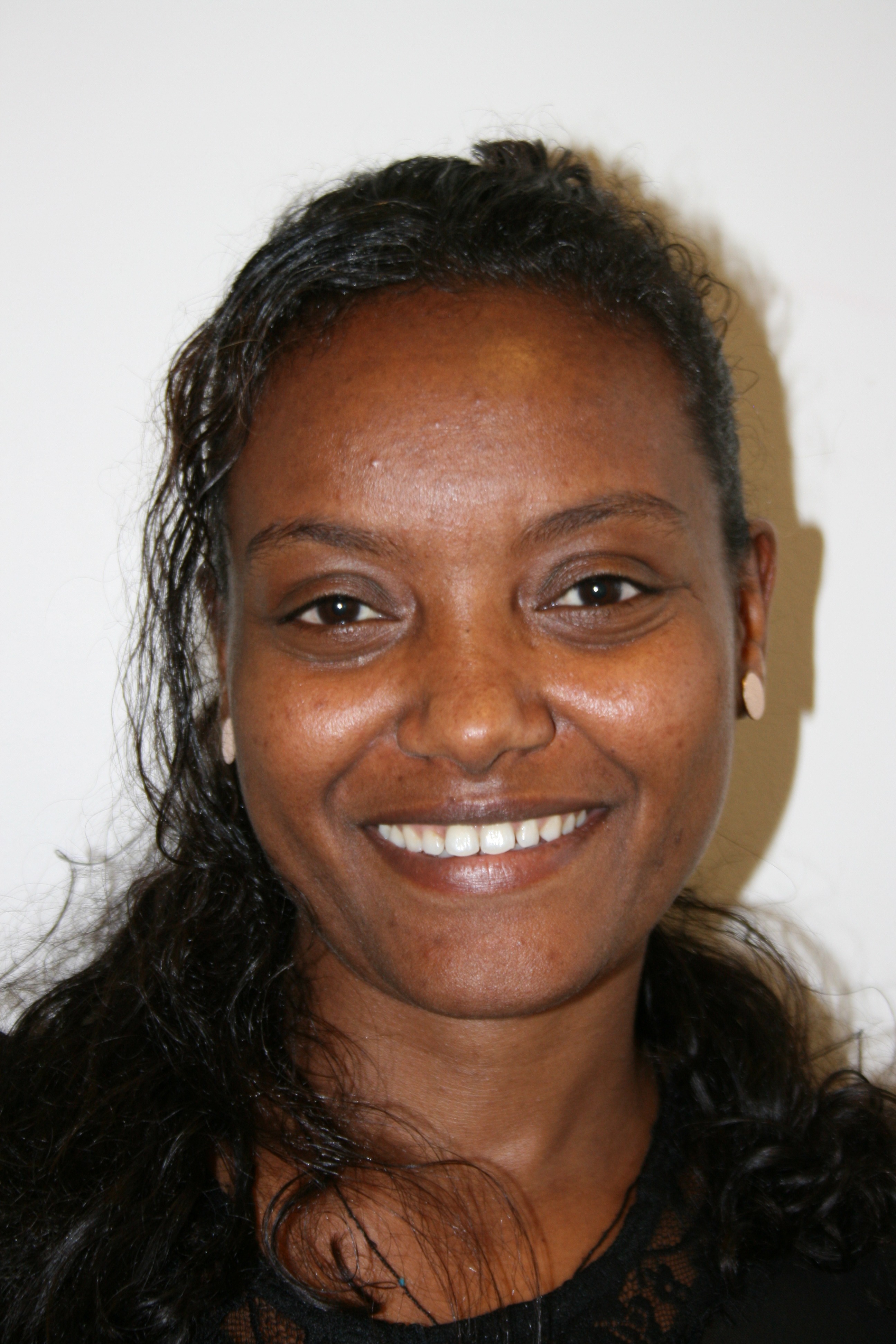MSc defence by Getenesh Hailegiorgis Abebe
 Getenesh Hailegiorgis Abebe, MSc Fellow in Geophysics at University of Iceland will defend her MSc project on Thursday 3 October, 2019 at 15:00 at University of Iceland, Askja building, room 130.
Getenesh Hailegiorgis Abebe, MSc Fellow in Geophysics at University of Iceland will defend her MSc project on Thursday 3 October, 2019 at 15:00 at University of Iceland, Askja building, room 130.
The title of the project is:
Multi-dimensional Inversion of Electromagnetic Data from Alalobeda, Tendaho Geothermal Field in NE-Ethiopia and its Geothermal Significance
Getenesh's supervisors:
Gylfi Páll Hersir, Geophysicist at ISOR
Ásdís Benediktsdóttir, Geophysicist at ISOR
Halldór Geirsson, Associate Professor at University of Iceland
The external examiner will be Ragna Karlsdóttir, engineer at ISOR.
Everyone's welcome to attend.
Abstract:
Measuring the electrical resistivity of rocks is one of the main geothermal prospecting technique commonly used today. A resistivity survey was carried out in Alalobeda geothermal prospect, Ethiopia through the combined use of MT and TEM soundings. The study area is around 250 km2. In this study, 1D joint inversion of 108 MT and TEM sounding pairs and a 3D inversion of the off-diagonal static shift corrected impedance tensor of 107 MT soundings were done. The static shift correction of the MT data was made by jointly inverting the MT and TEM data from the same site. Shift correction was done for the two polarizations before the 3D inversion was performed.
The WSINV3DMT code was used to carry out 3D inversion of the MT data. The robustness of the final 3D inversion model was tested by using two different initial models. The first initial model was compiled from the 1D joint inversion of MT and TEM soundings which gave a Root Mean Square (RMS) of 1.7; the second model was a homogeneous Earth of resistivity 10 Ωm, which gave a RMS of 1.2. The final models show similar resistivity structures at shallow depths (the uppermost few hundred m) but the 10 Ωm could not resolve the deep structures.
The main objective of the survey was to come up with a detailed resistivity model and image the deep resistivity structure, detect and characterize a possible geothermal reservoir of the Alalobeda geothermal prospect and propose drilling sites by comparing different interpretational techniques. The results of joint 1D inversion of MT/TEM and 3D inversion of MT data gave comparable results at shallow depths However, at deeper levels 3D inversion reveals much more consistent details confirming that the resistivity structure in the area is highly three dimensional.
The resistivity models resulting from the 1D and 3D inversions are presented in the form of depth-slice maps and cross-sections. The results of the inversion show three main resistivity structures. The first one is a thin layer of very low resistivity (<10 Ωm) at shallow depth down to 300 m b.s.l, which is correlated with conductive sedimentary formation or a smectite zone. The second layer has high resistivity between the depths of 1000 m to around 4000 m b.s.l, which correlates with the resistive Afar Stratoid Series or a chloride-epidote zone. Beneath the high resistivity at a depth of 5000 m b.s.l. a deep conductor has been imaged that could be associated with the heat source.
From the 1D and 3D inversions lithological contacts and lineaments were identified. Sharp resistivity contacts or fault lines with an orientation of NE-SW transverse faults and NW-SE fault were observed. These identified faults and lineaments are in good agreement with gravimetric and micro-seismic results.
From this study locations of exploratory wells are proposed based on the resistivity results. Here, three wells are proposed in the study area, (1) to the SW of the survey area along the Tendaho graben shoulder between MT station A074 and A073; (2) further to the south along the graben shoulder around MT station A058; (3) to the east of the study area around MT station A025.

